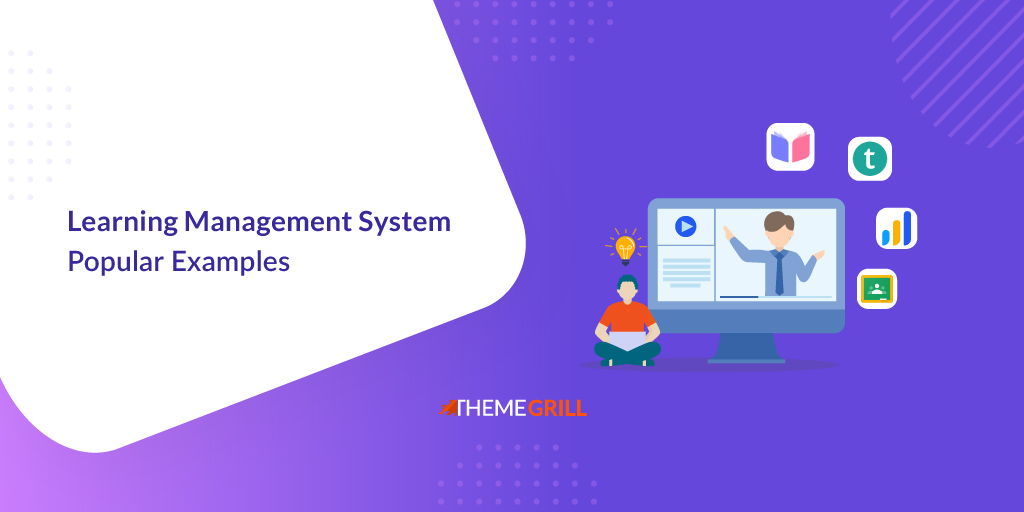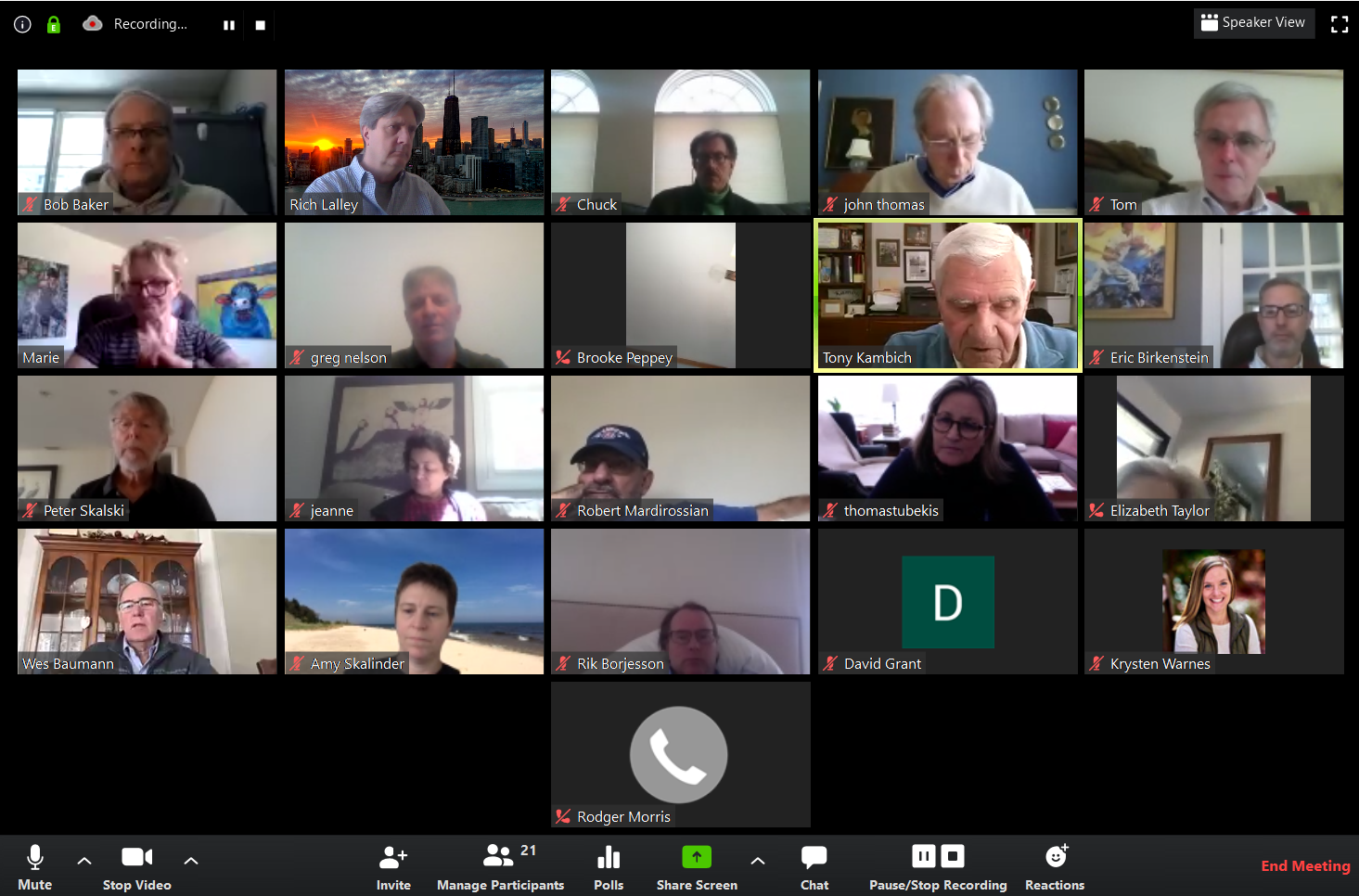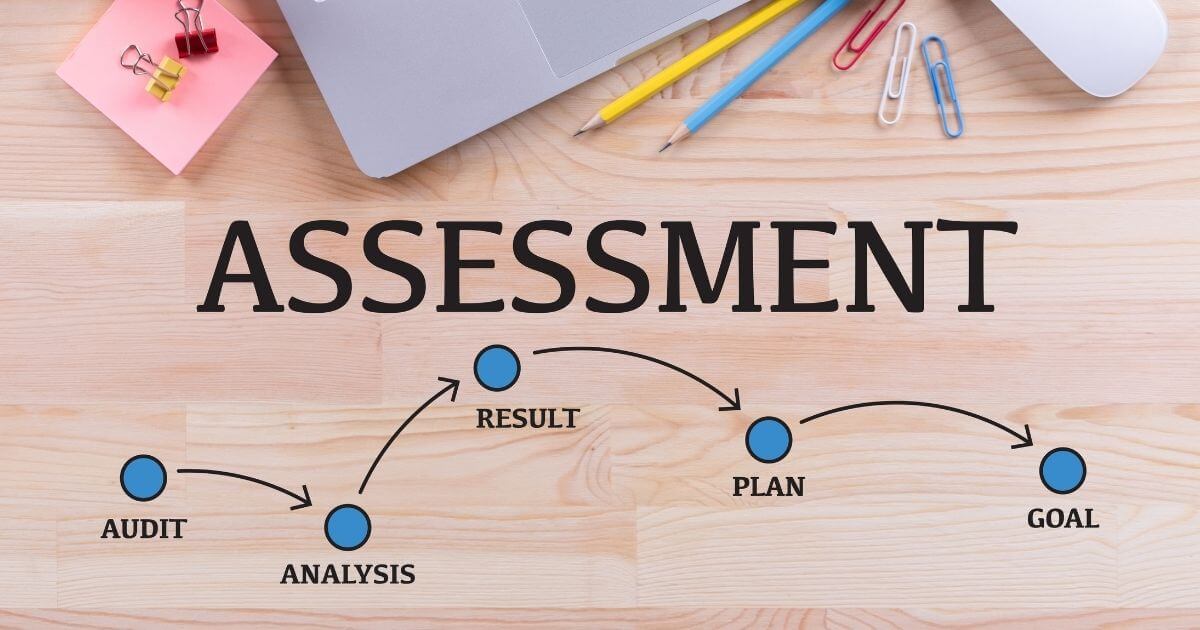Enhancing Student Interaction for meaningful Learning
The development of student skills together with their self-assurance depends heavily on having a captivating learning environment. Mutual student-instructor engagement creates advanced understanding in addition to resulting in improved collaborative work along with enhanced academic achievement. The incorporation of diverse interactive procedures allows students to interact with educational content through preferred approaches to learning. The course employs real-time as well as self-paced methods to guarantee accessible interactions that create meaningful learning experiences for all students. The educational methods enable learner involvement and mutual student education through instructor evaluation so students can achieve better results in their studies.
Forms of Student/Student-Instructor Interaction
1. LMS Forums (Google Classroom Discussion Boards)
 The course will implement Google Classroom’s discussion boards to enable asynchronous student discussions. Under this platform, students can interact with other students by sharing their thoughts about readings while reflecting on reading content. In a relaxed environment, students can reply to peer ideas through structured prompts, which promotes their written expression achievements.
The course will implement Google Classroom’s discussion boards to enable asynchronous student discussions. Under this platform, students can interact with other students by sharing their thoughts about readings while reflecting on reading content. In a relaxed environment, students can reply to peer ideas through structured prompts, which promotes their written expression achievements.
The LMS discussion boards allow students to express their ideas through critical thinking while granting them flexible time to compose their thoughts. These student discussions provide structured support for lower-literacy students through which they develop their written communication skills step by step.
2. Flipgrid for Video Reflections
Students will leverage Flipgrid to create video recordings about Indigenous stories as well as their individual experiences through provided prompts.
The video-based interaction approach enables students to use verbal communication while respecting different communication styles even if they have challenges with writing. The strategy harmonizes with the traditions of Indigenous spoken narratives and enables culturally responsive participation. Video by Michael Wesch, a professor of (digital) cultural anthropology and content creator who has done a great deal of research into digital spaces and online learning Online teaching video production becomes simpler through the guidance provided in this resource
- Hashtags for Social Learning (#LiteracyLand on Padlet)
Students can contribute their reflections and creative works about literacy activities through the designated Padlet hashtags, including #IndigenousStories, #OutdoorLearning, and #MyReflection, on a designated class Padlet board.Hashtags serve as a methodical system that students can use for content classification, thus allowing thematic tracking and re-examining of discussions. The method promotes collective learning as well as community building between students.
4. Video Chats (Zoom Sessions for Collaborative Learning)
 The platform provides weekly Zoom meetings where students can join real-time discussions as well as storytelling exercises and group-supported reading activities. The instructor leads the sessions by creating breakout rooms to enable group work activities. Another video by Michael Wesch, examines the teaching strategies of YouTubers through which educators can develop better online student engagement methods
The platform provides weekly Zoom meetings where students can join real-time discussions as well as storytelling exercises and group-supported reading activities. The instructor leads the sessions by creating breakout rooms to enable group work activities. Another video by Michael Wesch, examines the teaching strategies of YouTubers through which educators can develop better online student engagement methods
Students benefit from real-time feedback along with relationship building together with immediate support because of live interaction. Small group discussions create an excellent environment for students who need literacy support to work with their peers.
Guidelines for Meaningful and Supportive Interaction
The following guidelines will help produce productive and engaging interactions for the course:
1. Students will receive guidance to give beneficial comments through openers such as “I appreciate your perspective because…” or “Have you considered…?”
2. Students will possess a safe space to share personal experiences because Indigenous perspectives maintain respect while participants receive encouragement.
3. All students will feel welcome to participate through structured discussion methods aimed at creating minimal pressure regardless of their reading abilities.
4. Instructors will maintain their presence throughout class activities by participating and helping students develop more advanced understanding.
Assessment Practices

The educational value of interactions among students will be judged through their level of commitment as well as their thoughtful inquiry and their influence on community learning rather than just their writing skills. Assessment tools will include:1) Rubrics for Discussion Participation
- Evaluating depth of engagement
- Thoughtfulness, and
- Respectful communication.
The assessment method includes reflection journals to help students express their educational growth and linkages to classroom materials.
2) Oral Storytelling Evaluation
- Focusing on expression,
- Clarity, and
- Engagement rather than grammatical accuracy.
The course integrates interactive components that lead students to meaningful, culturally sensitive learning that develops their skills and establishes community connections. According to Michael Wesch, meaningful learning brings together relationships along with curiosity and engagement. Student achievement depends on the establishment of an interactive environment that offers student support.

Sonia, you did excellent work on the “Enhancing Student Interaction for Meaningful Learning.” I loved that you have used Google Classroom discussion boards and Flipgrid to conduct student interaction. You have also included Indigenous storytelling which is a fantastic idea to honour different cultures and make learning more meaningful. These strategies can help students connect and deepen their understanding of the material and they will learn how to respect each other opinions. I believe that these ideas will reflect a thoughtful approach to online learning that will greatly benefit all the students.
Hey Sonia, I really enjoyed reading your blog! I love how you’ve outlined different ways of fostering student interaction to create meaningful learning experiences. The balance between asynchronous platforms like Google Classroom discussion boards and real-time video chats, such as Zoom sessions, is a fantastic approach. I think the way you incorporate Indigenous stories through Flipgrid is especially powerful, as it not only supports diverse communication styles but also creates a space for cultural sensitivity. Your guidelines for meaningful interactions are so thoughtful and ensure that every student feels safe and encouraged to engage. I also appreciate how you’re focusing on the quality of engagement over just written skills—this truly promotes holistic learning. You’ve definitely sparked some great ideas for making my own teaching practices more interactive! Keep up the amazing work!